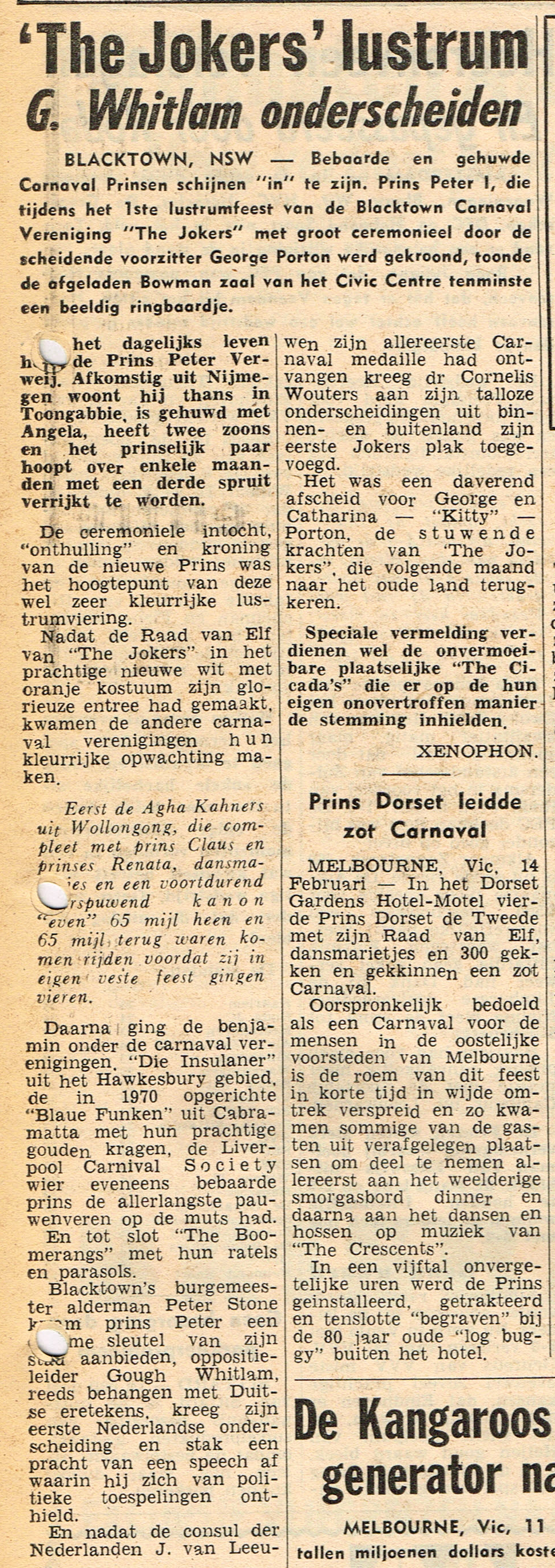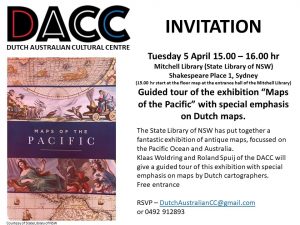The Archive
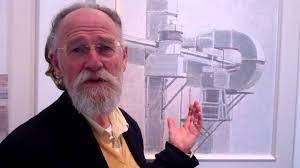
Hendrik Kolenberg Art Curator – Art Gallery of NSW
Early Life and Education Hendrik (Cornelis Gijsbertus) Kolenberg was born in Rotterdam, the Netherlands, on July 31, 1946, to Gijsbertus Anthonius Kolenberg and Wilhelmina Maria Kolenberg (née Schellaars). In October 1952, the Kolenberg family emigrated to Australia, where Hendrik began his education. He attended Black Forest Primary, Forbes Primary, and
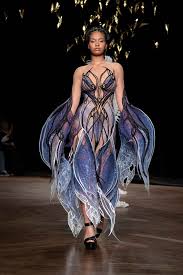
DACC organised an exclusive tour of the Iris van Herpen Exhibition at GOMA in Brisbane
The DACC was able to secure an exclusive tour through the Iris van Herpen exhibition. The event was a sold out success with the limited available tickets within days. The exhibition is on till October 7 and is highly recommended. The 40-year old Iris van Herpen is a Dutch fashion
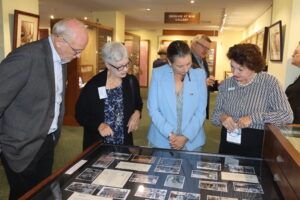
Camp Columbia Exhibition at the MacArthur Museum, Brisbane
In April, representatives of the Camp Columbia Heritage Association (CCHA) met with John Wright, the director of the MacArthur Museum in Brisbane (MM-B), to discuss the possibility of hosting a pop-up exhibition on Camp Columbia. Since Wacol, the actual location of Camp Columbia, is out of town, we explored the idea of
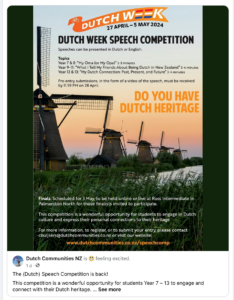
Organising Dutch Speech Competitions
We received an email with this Facebook post from the Dutch Community in New Zealand, with the suggestion that this perhaps is also an idea for Dutch organisations in Australia. Dutch Clubs and Dutch Language Schools might be interested in organising something along these lines.
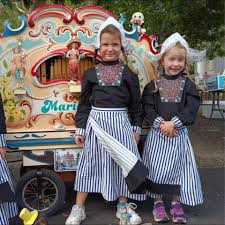
The New South Wales-Holland Festival Committee (history)
The following text is from a booklet published by the Federation of Netherlands Societies Ltd. in February 1985. The research for this booklet was done by Mijntje Hagen. In 1980, the vision for a grand Dutch celebration emerged, realizing that such an endeavor required the collaboration of many individuals beyond the capabilities
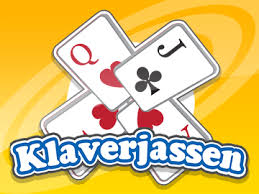
The N.S.W. Klaverjas Federation NSW
The following text is from a booklet published by the Federation of Netherlands Societies Ltd. in February 1985. The research for this booklet was done by Mijntje Hagen. This Federation was formed a few years ago to incorporate all the existing “klaverjasclubs”, whether they were part of an organisation or a separate
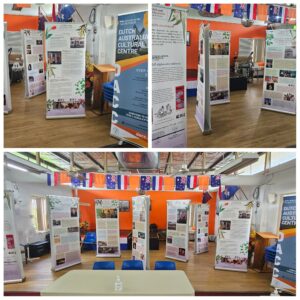
Exhibition and presentation – Brisbane – The heritage shared between the Netherlands and Australia (1606 – 2016)
Post-event reflections (added 6 March 2024) The lecture and exhibition by Dr. Nonja Peters was well-attended by members of the DACC and the Dutch Club NAQ, as well as by interested members of the public. Attendance was approximately 35-40 people, and Dr. Peters received keen questions from the audience. After
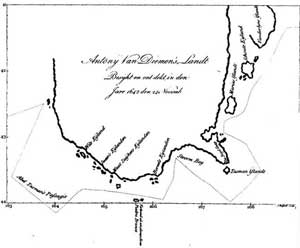
Abel Tasman Landing Site – Tasmania 1642
The Tasman expedition left Batavia (Netherlands East Indies, now Jakarta, Indonesia) on 14th August 1642 with two vessels, the Heemskerk with a 60-man crew and the Zeehaan with 50 men on board. They first called at Mauritius, where they stayed for a month-long repair to both ships. Intending to sail
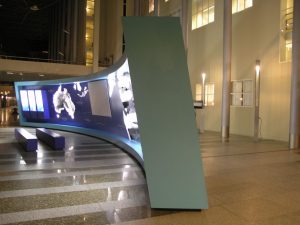
‘Inpakken en wegwezen – emigratie van Nederlanders naar Australië’
Hieronder is het Initiatiefrapport (gedateerd: 17 december 2004) van de tentoonstelling met de werktitel: ‘Inpakken en wegwezen – emigratie van Nederlanders naar Australië’ . Deze exposities was georganiseerd in het kader van het evenement ‘1606 – 2006; 400 jaar relaties Nederland – Australië’. In 1606 voer het VOC-schip Duyfken vanuit
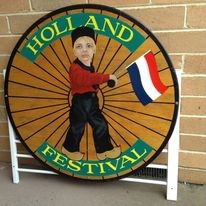
2024 Holland Festival – Melbourne – Going strong since 1974
The Holland Festival was held in Melbourne each year for 40 years until 2014. After a three years hiatus, the Festival returned in 2017, 2019, 2020, 2023 and now in 2024. It is managed by the Rotary Club of Casey under the leadership of Paul Rubens. Holland Festival Management Committee
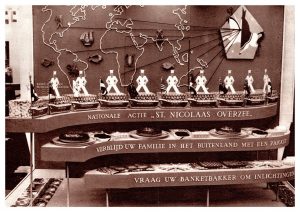
Sinterklaas Overseas Foundation
Family in Holland could have a Sinterklaas package sent to their relatives overseas. There was all kinds of stuff in there. Candy, calendar, teaspoon, gramophone record, booklets, tablecloth, you name it. In the DACC archives is a tablecloth and sugar bowl from such a package (see below). See also: Sinterklaas
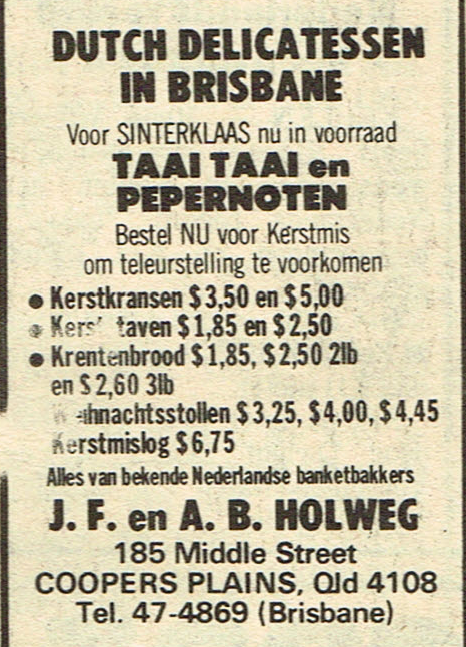
Sinterklaas Treats
Pepernoten: The Traditional Sinterklaas DelicacyIs Christmas Eve truly complete without gingerbread cookies? Sinterklaas festivities naturally include these delightful treats, making them an essential part of the celebration. Gingerbread cookies, available at Dutch shops or enjoyable to make at home, hold the top spot on our list of Sinterklaas treats. Engage
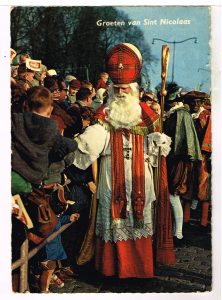
Sinterklaas celebrations at Dutch Clubs in Australia
These are photographs and Dutch Australian Weekly (DAW) newspaper clippings from the DACC archives of Sinterklaas celebrations within Australian club from the early fifties onwards. Dutch Australian Weekly newspaper clippings The DAW also used Sinterklaas to promote a subscription to the newspaper as a Sinterklaas gift Information on the Dutch
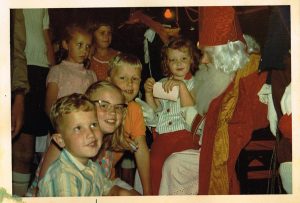
Sinterklaas in Australia
The story of Sinterklaas (Sint Nicolaas) is of course well known, there is plenty of information on the internet about this typical Dutch tradition. Although it has changed over the years due to changes in society e.g. the arrival of radio, television, internet as well as an increasingly more multicultural
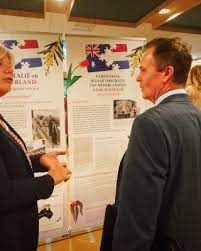
Exhibition Dutch-Australian migration stories in Brisbane and Melbourne
With an official opening by Australian Ambassador Dr. Greg French and State Archivist Afelonne Doek, the temporary exhibition People Movement Stories has been opened in the Netherlands National Archives in The Hague. In the exhibition, twelve people tell the story of their migration to Australia and the Netherlands, about their
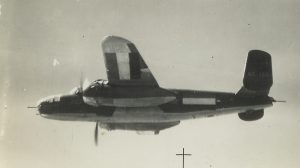
Archived: Dutch WWII historian visits Brisbane on 17 November
Presentation on Australian-Dutch WWII events at ANZAC Square & Memorial Galleries Camp Columbia Heritage Association invites you to a presentation by Dutch historian Bas Kreuger on Dutch Australian WWII events on 17 November 2023 at the ANZAC Square & Memorial Galleries. Reservations are limited to 60 persons. Register for free
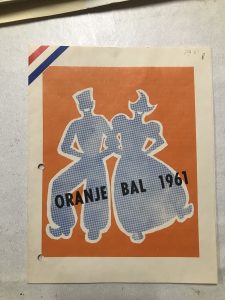
Archive Nederlandse Vereening in NSW
Main article Nederlandse Vereeniging in NSW This is one of the very first Dutch Clubs in Australia, established in 1944.
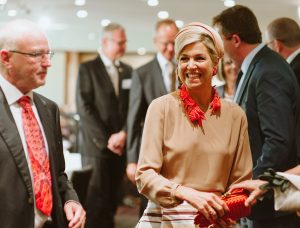
Royal Netherlands State visit to Australia 2016
The state visit of His Majesty King Willem-Alexander and Her Majesty Queen Máxima of the Netherlands to Australia in October/November 2016 was a significant diplomatic event that strengthened the ties between the two countries. Here is some information about their visit: During their visit, King Willem-Alexander and Queen Máxima visited
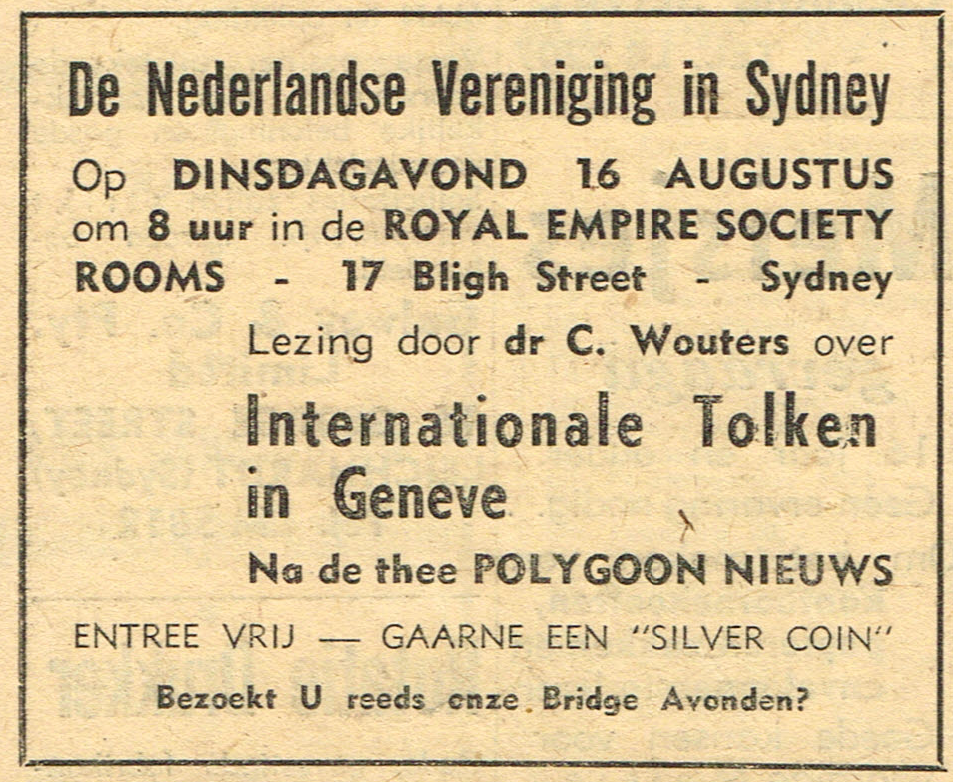
Nederlandse Vereniging in NSW (1944-2008)
This is one of the earliest Dutch Clubs in Australia, founded in 1944. The official name was first Nederlandse Vereeniging in Nieuw Zuid Wales (N.Z.W), later documents state Nederlandse Vereniging in NSW and later the more common name was used Nederlandse Vereniging in Sydney or in English Netherlands Society in
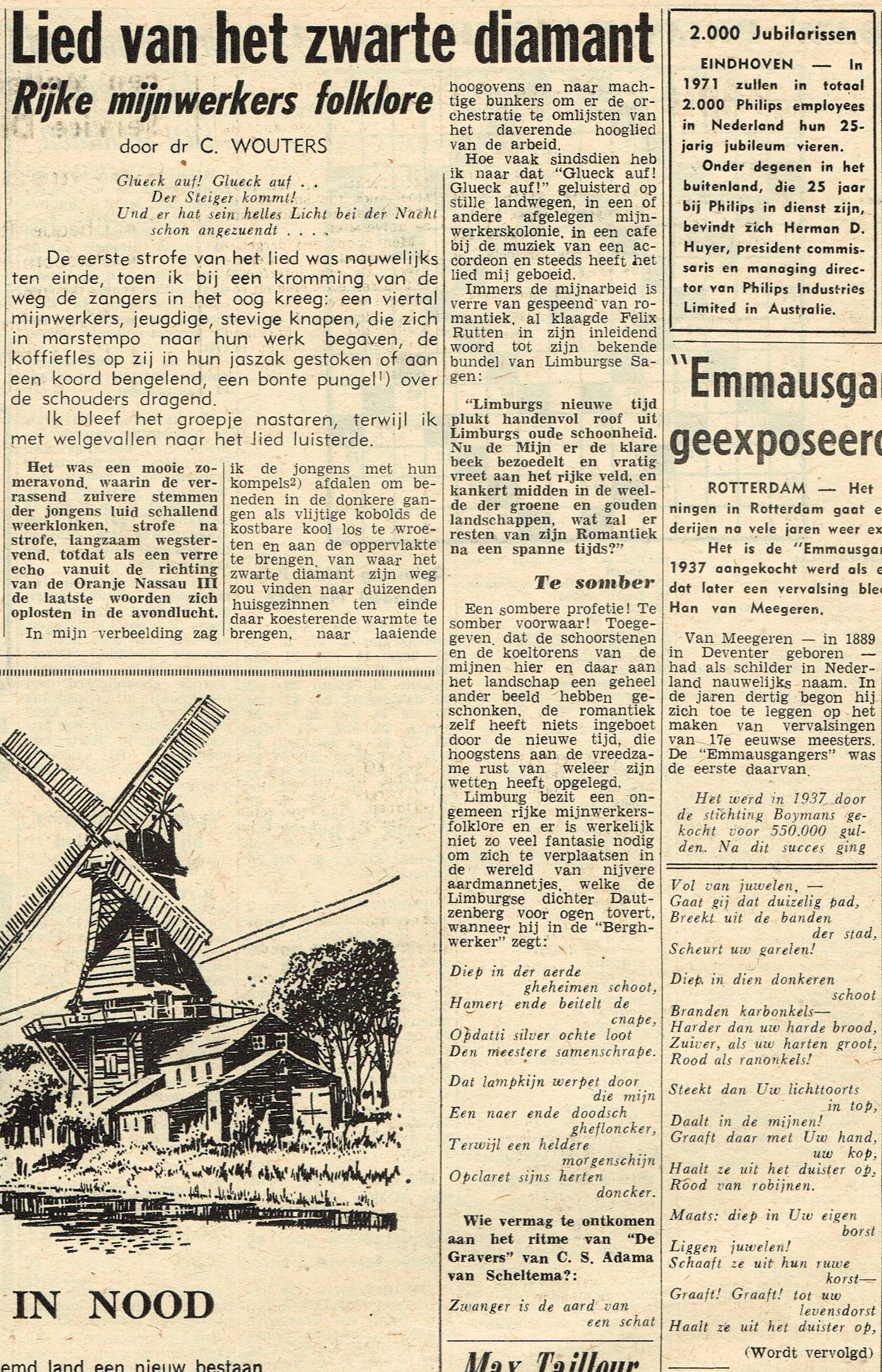
Articles, Poems and Letters to the Editor from Dr. C Wouters
Dr. Wouters did not shy away from controversial issues. He refused to swear allegiance to the Queen during his naturalisation ceremony, instead he was allowed to swear on the Bible, something that since that time has been accepted by the Australian Government. He advocated for equality for migrants within various
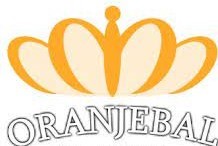
De Nederlandse gemeenschap in het sociale leven van Australia – 1958
The Dutch community in social life in Australia.
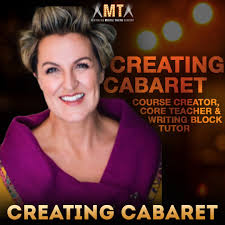
Dutch/Australian Artist Queenie van de Zandt Invites Dutch women over 40 to share their stories of menopause and middle age
Queenie van de Zandt is the daughter of Ria and Hans van de Zandt. Hans is the co-founder of the Canberra Dutch Club in the ACT. Queenie mentioned that she is very proud to be Dutch and that parts of her Dutch heritage have influenced her writing. In particular in
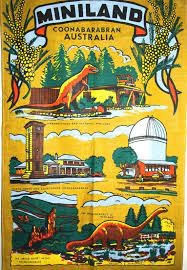
Peter Zorgdrager established Miniland in Coonabarabran
Miniland was a theme park in Coonabarabran, New South Wales, Australia. It was opened in 1972 by Peter Zorgdrager, a Dutch immigrant who was inspired by Dusneyland. The park featured a variety of giant sculptures, including dinosaurs, animals, and landmarks from around the world. It also had a children’s playground,
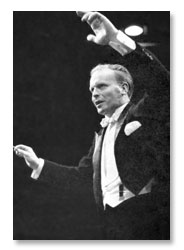
Jan Willem van Otterloo conductor of Melbourne and Sydney Orchestras
Jan Willem van Otterloo was a prominent Dutch conductor who achieved great success both in his home country and in Australia. He was born on December 27, 1907, in Winterswijk, Netherlands, and began his music career as a cellist before turning to conducting. He studied at the Amsterdam Conservatory and
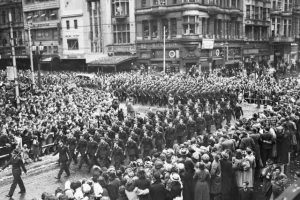
Three unique Dutch movies during WWII from around Australia
Amateur movies made by Mr. Arie Berger. Source Netherlands Ministry of Defence Movie #3 – 1943 Beeldbank – Department of Defence – Netherlands Movie #4 1943 -1944 Beeldbank – Department of Defence – Netherlands Movie #5 1945 -1946 Beeldbank – Department of Defence – Netherlands See also: The Dutch at
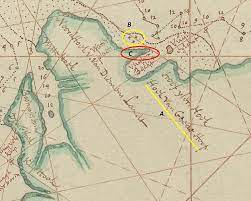
Maerten van Delft explored northern coast in 1705
Maerten van Delft was a Dutch explorer who conducted an expedition in 1705 to explore the western and northern coastlines of what is now known as Australia. The expedition was organised by the Dutch East India Company (VOC). The expedition played a significant role in the early European history and
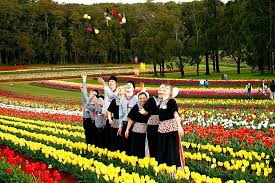
The famous tulip growing Tesselaar family
The following information is abstracted from the Tesselaar website. In June 1939 – just weeks before the outbreak of World War 2 in Europe – Cees and Johanna Tesselaar left their home in Beverwijk, the Netherlands and on their wedding day aboard the Strathallan. They were headed for Australia, bringing little
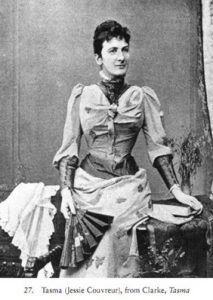
Jessie Catherine Couvreur- Dutch-Tassie author ( 1848-1897)
Born in Highgate, London, Jessie Catherine Couvreur was of Dutch, French, and English descent, with her father, Alfred James Huybers, originally a merchant from Antwerp. She arrived in Tasmania with her family in December 1852 and received her education in Hobart. In June 1867, she married Charles F. Fraser and
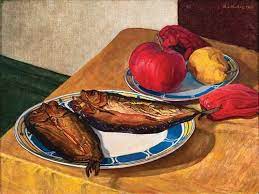
Early cubist artist Harry den Hartog (1902-1984)
Henricus Marie (Harry) den Hartog (1902-1984) was a Dutch-born artist who emigrated to Australia in 1923. He is known for his contribution to the development of cubism in Australia. Den Hartog was born in Rotterdam, Netherlands, and studied art at the Rotterdam Academy. After completing his studies, he moved to
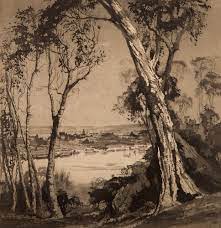
Henri Benedictus Salaman Van Raalte curator Art Gallery of South Australia (1881-1929)
Henri Benedictus Salaman Van Raalte (1881-1929) was a talented etcher born in Lambeth, London. . His father, Joel Van Raalte, was a Dutch-born merchant and his mother, Frances Elizabeth (née Cable), was English. He studied at prestigious institutions such as the City of London School, St John’s Wood Art Schools,
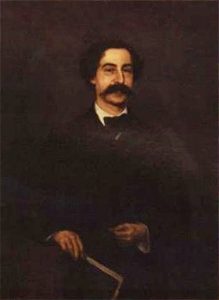
Jacob Carabain Dutch-Belgian – Melbourne – 1885
Jacob Frans Jozef Carabain, also known as Jacques François Joseph Carabain, was a Dutch-Belgian painter. He was renowned for his Romantic-Realist style, particularly his depictions of cities and buildings. Carabain’s interest in Medieval and Baroque architecture often led him to paint busy marketplaces. Carabain initially studied at the Amsterdamer Kunstakademie,
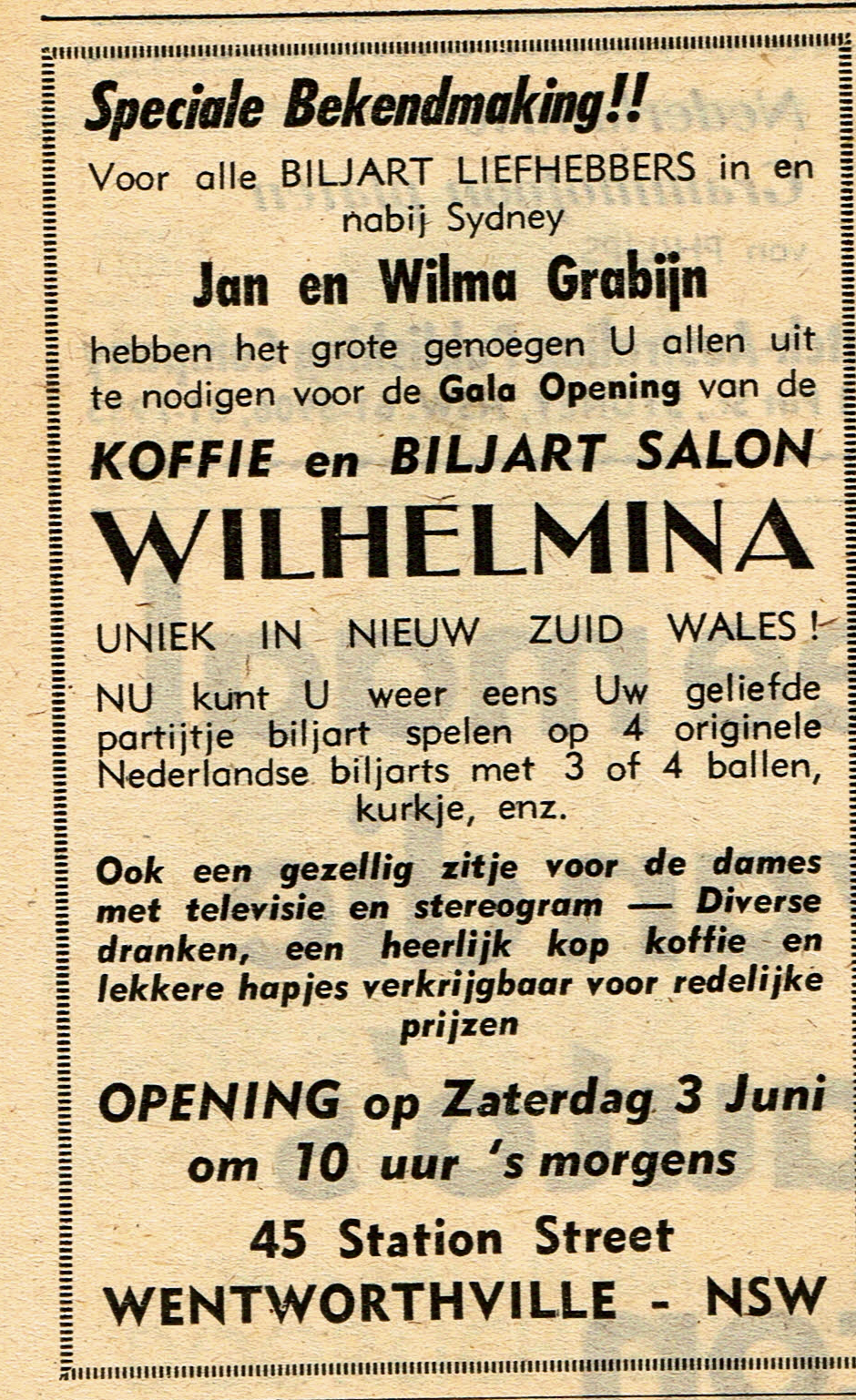
Netherlands Amusement and Sport Club Wilhelmina started in Wentworthville
The following text is from a booklet published by the Federation of Netherlands Societies Ltd. in February 1985. The research for this booklet was done by Mijntje Hagen. The Netherlands Australian Sports Club Wilhelmina Ltd. (N.A.S.C) was a club with its own building and therefore an enormous number of activities going on.
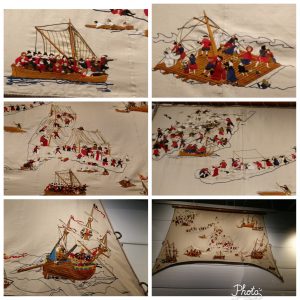
The Batavia and its many stories
Latest developments Wreck of the Batavia brought back to life in forensic reconstruction by Flinders University The Batavia – 1629 The Batavia, built in Amsterdam in 1628 was the company’s new flagship, she sailed that year on her maiden voyage for Batavia. On 4 June 1629, the Batavia was wrecked

Akky van Ogtrop – Art Curator
Akky van Ogtrop graduated from the Royal Academy of Fine Arts, s-Hertogenbosch, TheNetherlands, majoring in printmaking, and has a Masters Degree Fine Arts, Sydney University. As a director and project manager of major arts events, Akky has worked for national andinternational arts organisations including: the Biennale of Sydney, ARTiculate Campaign,

Huygens Institute – The Netherlands
The Huygens Institute aims to make Dutch history and culture more inclusive. It also provides access to primary source material and text editions on which to base further analytical and interpretive research. In addition, the Huygens Institute takes the lead in developing innovative methods, tools and sustainable digital infrastructure. The
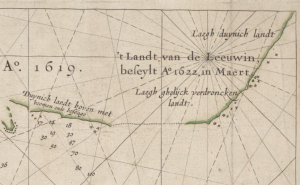
The Leeuwin encountered WA Coast in 1622
Leeuwin (Lioness) was a Dutch galleon that discovered and mapped some of the southwest corner of Australia in March 1622. It was the seventh European ship to sight the continent. Leeuwin’s logbook has been lost, so very little is known of the voyage. For example, it is not known who
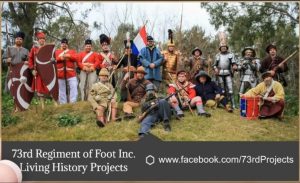
Compagnie Batavia – 73rd Living History Reenactment group
The group was formed in 2016 and is Australia’s only 80 years war living history group. The group has around 40 members across the Eastern seaboard and has a very strong focus on an immersive living history impression. Winterfest at the Hawkesbury -2021 The Group participated in the Winterfest at
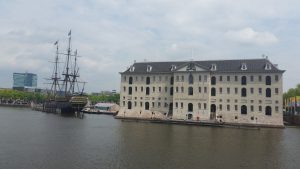
VOC Historical Society, Perth (VOCHS)
The Society was formed in 2000 by a group of history enthusiasts that were: Concerned at the lack of general knowledge about maritime events that took place in the 17th and 18th centuries off and on Western Australia’s (WA) coastline hundreds of years before the settlement of WA in 1829
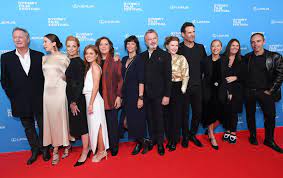
Dutch movies at Sydney Film Festival – June 2022
The world’s best new films come to Sydney this year for 12 days and nights of inspiring and entertaining premieres, talks and parties. Go and see one of the three films below, or why not all of them!? NR.10 – One whispered word sets into motion a precisely executed, unpredictable,
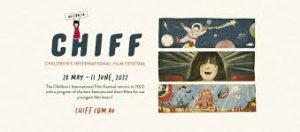
Dutch Children films at international festival – Sydney, Melbourne
CHIFF, isa festival of the best new kid’s films from across the world screening only in cinemas from May 28 – June 13! CHIFF returns with three films from the Netherlands, including OINK – a hilarious Dutch-language animation about a girl who desperately wants a pet dog but is given a piglet
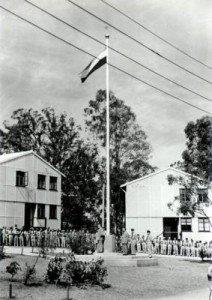
Netherlands Ambassador will visit the heritage site of Camp Columbia in Brisbane
The Ambassador of the Kingdom of the Netherlands to Australia, H.E. Mrs Marion Derckx will at her official visit to Brisbane attend an information event at the site of the former Camp Columbia at Wacol, Brisbane. It was here that the Netherlands East Indies Government-in-Exile had its headquarters during WWII.

Archived: Bach to Bolling – Teije Hylkema and the Black Tulip jazz – performances – 2022
Bach to Bolling – Baroque Jazz Fusion Acclaimed cellist Teije Hylkema and the Black Tulip jazz trio come together to perform an uplifting baroque-jazz fusion concert. A movement of the legendary Bach suite’s is contrasted with a movement of Bolling’s Suite for cello and jazz trio, producing enchanting baroque and
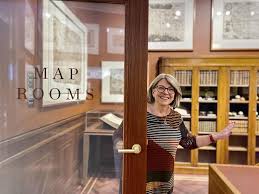
Exhibition Maps of the Pacific
Roland Spuij attended a guided tour by conservator Maggie Patton of the “Maps of the Pacific” in the Mitchell Library in Sydney. A brilliant exhibition of original maps going back to 1490, including the famous Tasman map of 1644 and other beautiful maps of Dutch cartographers and wonderful globes. And
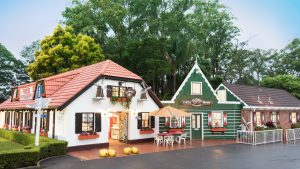
Oma’s Coffee House and Clog Barn – Coffs Harbour
The Clog Barn is one of Coffs Harbour’s longest running tourist attractions. The business is still run by the family. There are regular demonstrations of clog making at the barn. Tom Hartsuyker and his wife Rita immigrated from the Netherlands in 1951, where they settled in Musswelbrook in the Hunter Valley.
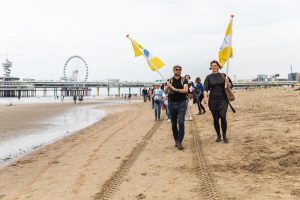
Biennale of Sydney: 2 Dutch contributions
Get excited as from 12 March – 13 June 2022 the 23rd Biennale of Sydney will take place: rivers, wetlands and other salt freshwater ecosystems will feature in this Biennale, titled ‘Rivus’. The Bieannale is all about the varying political awareness of dynamic living systems: Can a river sue us over psychoactive sewage?
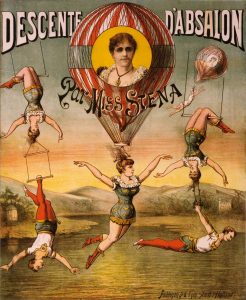
The van Tassel aerial exhibitionist performing in Australia – 1890
The Dutch – Australian connection here is a bit convoluted, but as it is too interesting to not cover it, so please bear with me. It starts with the van Texel family. Jan Cornelis van Texel was one of the first Dutchmen that arrived in America. He was one of
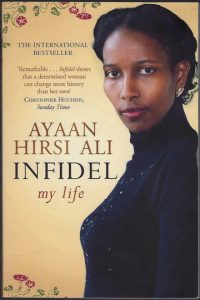
Visit of Ayaan Hirsi to Sydney – June 2007
Personal report from Paul Budde about his meeting with Ayaan Hirsi. Written in 2007 Her full name is Ayaan Hirsi Ali. She was born in Somalia, in Africa. This is a worn-torn country, which already for many decades doesn’t have a proper government, it doesn’t have a banking system nor
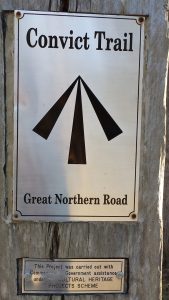
Paul Budde receives Heritage Volunteer Awards – 2002
Convict Trail Chairman and instigator Paul Budde received one of the inaugural Heritage Volunteer Awards – on 28 August 2002 from the Deputy Premier, the Hon Dr Andrew Refshauge, at a special ceremony in the NSW State Library. Paul moved from Oss in the Netherlands to Sydney, Australia in 1983,
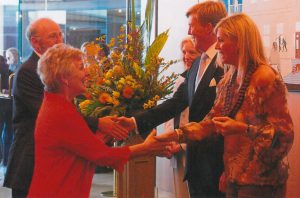
Kroonprinselijk bezoek aan Sydney – 2006
Persoonlijk verslag van Paul Budde mbt zijn deelname aan het bezoek van Kroonprins Willem Alexander en Prinses Maxima aan Australia In mijn geval zijn er weken van voorbereidingen aan voorafgegaan met allerlei telefoontjes van en naar de Nederlandse ambassade maar voor de organisatoren zelf zijn er maanden aan hard werk
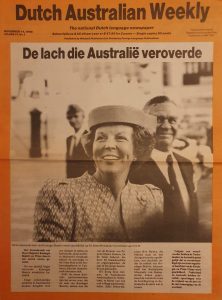
Royal Visit Queen Beatrix and Prince Claus – 1988
Press release Prime Minister Bob Hawke 27 September 1988 (historic) Her Majesty Queen Beatrix and His Royal Highness Prince Claus of the Netherlands will make an official visit to Australia from Monday October 24 to Saturday November 5. It will be the first time a reigning Dutch monarch will have
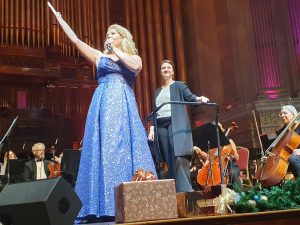
Pictures of Christmas Spectacular with Mirusia Louwerse in Brisbane
Australian-Dutch soprano Mirusia Louwerse performed at the Brisbane City Hall King George Square, Brisbane 19th of December. The event was hosted by baritone, Jason Barry-Smith, the concert featured popular Dutch-Australian Mirusia Louwerse, along with the Queensland Choir and the Brisbane Symphony Orchestra conducted by Stefanie Smith . She has been
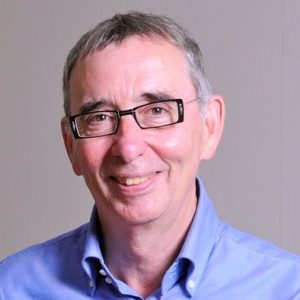
Interview with Anthropologist Ad Borsboom
The interview (podcast) below is in in Dutch Profile Professor Ad Borsboom *Anthropologist; Research area: Aboriginal Australia. *Chair Pacific Studies Radboud University Nijmegen. *Teaching experience at all levels in Anthropology. *Publications for both scientific and general audiences (books, chapters in books, articles), editorials. See f.e. ‘De Clan van de Wilde

Dutch TV TV Channel 31 Melbourne and Geelong
Dutch TV is a weekly television program on community TV Channel 31 in Melbourne and Geelong (Australia) and Foxtel Aurora. (Australia wide) They have been broadcasting for 6 years. The program is about Dutch people living in Australia and is presented mostly in Dutch with English subtitles so that we
SBS Video – 2013 in vogelvlucht
Een klein overzicht van SBSDutch in 2013. Stonden we er niet gekleurd op met de 15 meter hoge NL badkuip eend in Darling Harbour? Jaren werd er gewerkt aan de poppen voor de tentoonstelling Echos of the Past. In Melbourne ging de reizende tentoonstelling Anne Frank in premiere. De NL
SBS Video – Sacha Polak Sydney Film Festival haar 1ste film Hemel 14-6-2012
“Hemel” Nu te zien in het Sydney Film Festival. Zaterdag 16.6.12 vertelt Sacha over haar film op SBS radio Dutch This is a YouTube video. After playing the video, press the return button to go back to the DACC Hub.
SBS Video – Dirk Hartog lecture at Maritime museum 21-10-2016
A perfect evening for a “Dirk Hartog” lecture at the Maritime Museum in Sydney with Prof. Wendy van Duivenvoorde, Dutch C-G Willem Cosijn and a rooftop projection for all of Sydney to see. This is a YouTube video. After playing the video, press the return button to go back to
SBS Video – Dutch Politician – Boris Dittrich (in Sydney) vertelt over zijn nieuwe boek Moord en Brand
Boris Dittrich, Advocacy Director LGBT rights program Human Rights Watch, talk about his work – visit to Canberra and the plans of Human Rights to establish a Sydney office. This is a YouTube video. After playing the video, press the return button to go back to the DACC Hub.
SBS Video – America Painting a nation: Hans Hofmann/ an overview with Hendrik Kolenberg 21-11-2013
Blue monolith by Hans Hofmann. One of the highlights of the exhibition America Painting a nation, here with Curator Hendrik Kolenberg. This is a YouTube video. After playing the video, press the return button to go back to the DACC Hub.
SBS Video 2 – Sydney cycles into an Orange Spring 19-11-2014
The Dutchies came out in force today to support the Sydney Spring Cycle 2014. The 200 men/women /children strong Orange team cycled an easy 15 km around the Harbour and over the Harbour Bridge . This is a YouTube video. After playing the video, press the return button to go
SBS Video – Interview with Hendrik Kolenberg – Roofscapes exhibition 21-11-2013
Kolenberg was Senior Curator of Australian Prints, Drawings and Watercolours at the Art Gallery of NSW from 1989 to 2012. Roofscapes represents a continuation of a decades-long obsession for Hendrik Kolenberg, the obsession of moving about, looking, and drawing/painting that which he sees. It is an obsession that began in
SBS Video 1 – Sydney cycles into an Orange Spring 19-11-2014
The Sydney Spring Cycle attracted 20.000 cyclists this year.The 180-strong Orange team, supported by Dutch Consul-General Willem Cosijn and his wife was promised a Dutch breakfast of poffertjes and oliebollen at the finish. Surprise! They all made it. This is a YouTube video. After playing the video, press the return
SBS Video – Bangarra Holland Dance Festival rehearsal 28-1-2014
Australia’s leading Indigenous performing arts company Bangarra Dance Theatre will perform in the Netherlands for the very first time in 2014. Bangarra will perform Kinship, choreographed by Artistic Director Stephen Page at Holland Dance Festival on February 14 & 15 in The Hague. In this short video we see an
SBS Video – Andre Rieu bij SBS radio Dutch 10-10- 2013
This week the Dutch program and Face book SBS radio Dutch were dominated by a visit to the studio of Dutch mega star Andre Rieu. He came and conquered the studio with his own cameramen, publicity agents and security team. He stayed for 20 minutes to chat about his upcoming
SBS Video – Dutch folkdance teacher Andre van de Plas in Canberra 25-7-2016
Dutch folkdancing teacher Andre van de Plas travels once a year to Australia to teach in all the major cities. In Canberra the class was named in honour of 400 years Dirk Hartog. This is a YouTube video. After playing the video, press the return button to go back to
Dutch Masterpieces at the Brisbane Gallery of Modern Art
Spanning 500 years, ‘European Masterpieces from The Metropolitan Museum of Art, New York’ offered a journey from the 1420s and emerging Renaissance to conclude at the height of early twentieth century post-impressionism. Visitors experienced works by painters such as Rembrandt, Rubens, Turner, Degas, Renoir, Cézanne, and Monet, direct from The
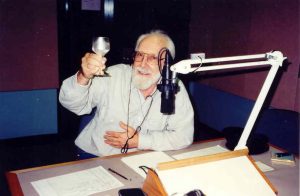
SBS Dutch Radio – Early Days History by Theo ten Brummelaar (Radio 2EA)
My recollections about the history of the Dutch language programs on SBS-Radio. Theo ten Brummelaar. As shown in the title these are my personal recollections. It is therefore possible that the exact historical facts vary in minor detail with my recollections. After all I left SBS-Radio in 1993 and I
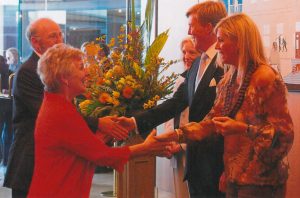
Dutch Royal visit to Australia – 2006
In late October 2006, Dutch Crown Prince Willem Alexander of Orange and his wife, Her Royal Highness Princess Maxima, paid an official visit to Australia, to bring to a close the events commemorating the of 400-year-old friendship between the two countries. With my Dutch heritage and my interest in the
